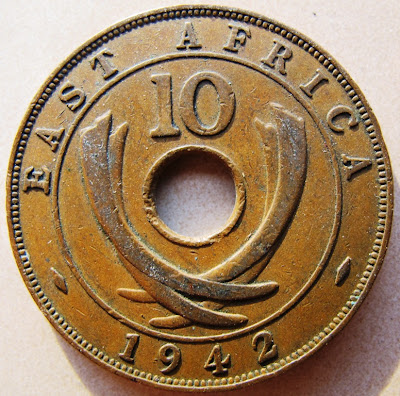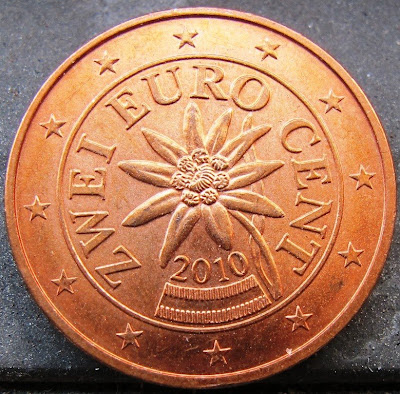Borders is going out of business and it is an opportunity to get books on the cheap. The coin and currency sections are mostly gone and in some cases the employees have used the currency book pages to post notices around the windows, very tragic. I did find an unharmed 28th Edition of the Standard Catalog of U.S. Paper Money
Granted this is two editions behind the current 30th Ed. Standard Catalog of United States Paper Money
Highlights
- Every fractional, large, and small type is listed.
- Great color photos.
- National bank notes listed by type and states.
- The use of KL# (Krause-Lemke) and Fr# (Friedberg) which are common catalog identification systems.
- KL# 24, Fr# 37 1917 $1 United States Notes is listed at $125. in fine when it should be $80.00. (Fixed in later versions)
- Just basic KL# and Fr# no breakdown for runs or printings.
- No printings figures listed at all, huge disappointment.
The book is great with lots of useful pictures and catalog numbers but it lacks details. The Standard Guide To Small-Size U.S. Paper Money
Do you have a U.S. bill and want to know its book value? Leave a comment/question and I will do my best to find out the price and history for you.


























